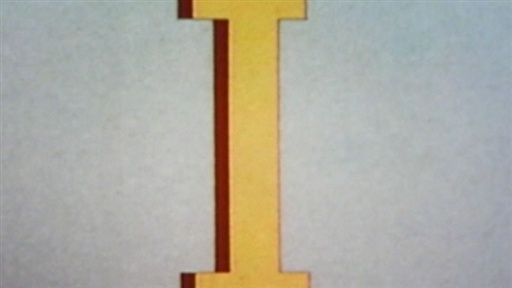
My son shows his first interest in the New York Times! But only because Big Bird was above the fold on Sunday’s Arts & Leisure section in honor of the show’s 40th anniversary. We have begun a bit of a study of Sesame Street in our house, as we alternate, depending on wake-up time and day of the week, between the two DVD sets of Sesame Street: Old School (please make more) and what we like to call “real Sesame Street”. And all three of us much prefer the fake one.
As my husband said, at various weekend brunches:
The older Sesame Street had more trickster figures and anti-heroes than role models.
The divine anarchy of Grover, the dopiness of Big Bird, the grouchiness of Oscar, all were accepted and accomodated by the wise, relaxed adults of the Sesame Street of my youth, who seemed to be going about their business (were David and Maria dating?) but always willing to join in a big brass band. They didn’t spend all their time trying to entertain us (as personified by the puppets) but could be drawn in by an argument or a game. And all instruction was a game, Susan with her “One of these things” song, the Count with his laugh.
We have never been able to figure out why the episodes come with a warning that they are for adults. Is it the disco? The “Macho” man, looking like the guy on the side of Brawny paper towels, that illustrates the letter M? Because they do a much better job of holding the attention of a two-year old. Every segment is short and to the point (every time Neil Patrick Harris as the Shoe Fairy comes on, my son moans; adults may find NPH funny, but it is just too long, too abstract and jokey for a toddler). In the old school episodes there was much more variation in the on-screen visuals, as it jumps from the space of the street, to lightly animated (and often very stylish) sequences, to skits featuring the puppets, to songs. Nothing is very long, nothing is endlessly repeated, and no one overacts. Several segments are just weird, like Capital I, which will stick in your head for days if you watch it on YouTube. Several of the adults on today’s Sesame Street spend all their time looking at the camera, popping their eyes and over-articulating. It is tiring from an adult perspective, and perhaps an indication of the child-centered world we are raising our son in, as dissected by Daniel Zalewski in his recent review of current children’s books in the New Yorker, The Defiant Ones.
My son’s favorite segment, to which he begs us to return, is one in which Grover and Kermit have to figure out the order of cart, horse, and driver. It is hilarious, and even a two-year-old can see what the problem is. If they tried to do the same thing with Elmo, it would surely involve Mr. Noodle, nervous laughter, yelling, and a full cast. Back in the day those two had to work it out for themselves, by themselves, and move on to the next thing.
And speaking of the alphabet: ABC Books on the Design*Sponge guest blog.
